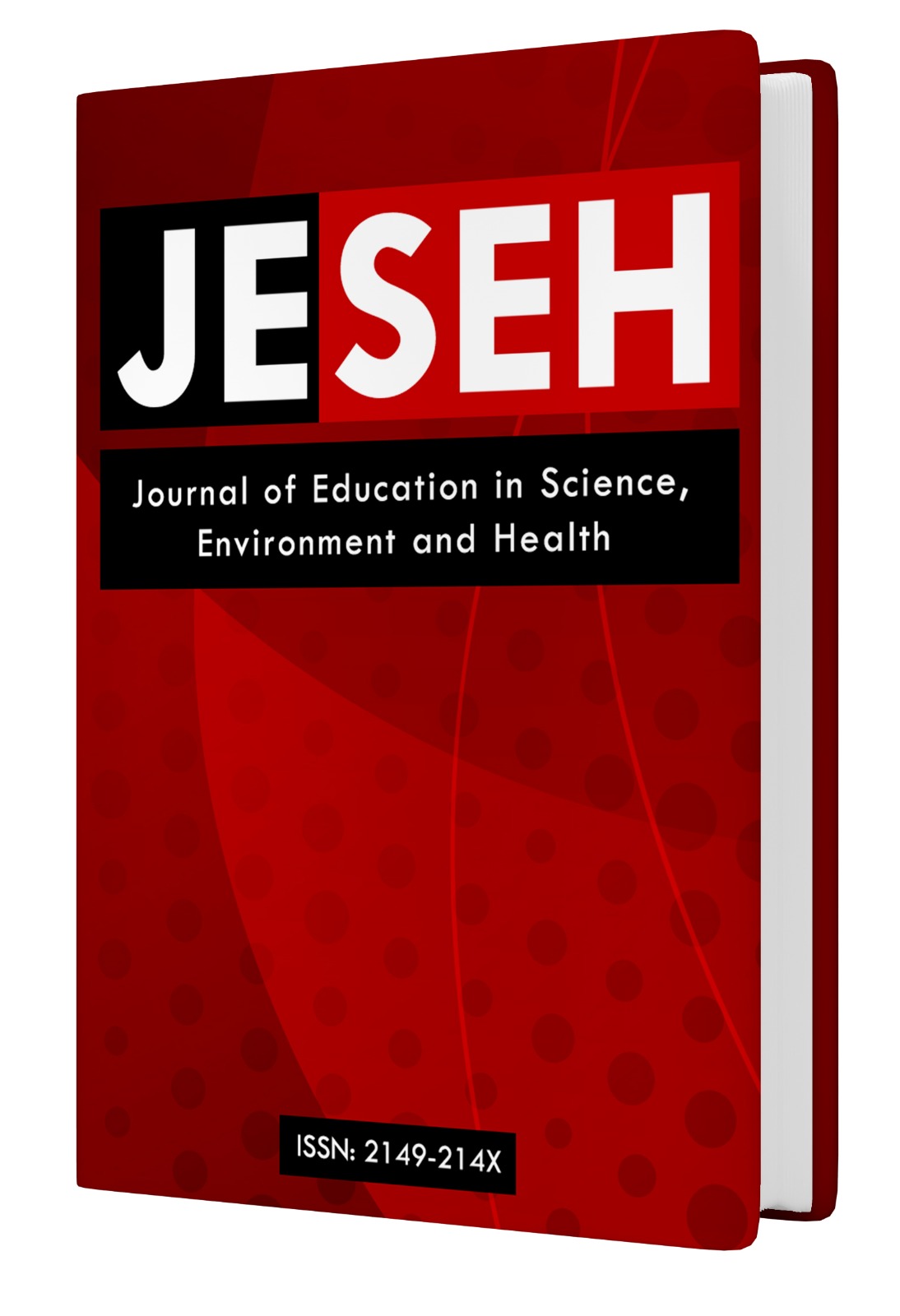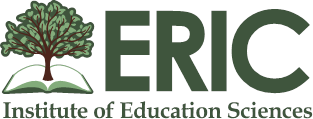Using Digital Games in Technology Oriented STEM Education: The Examination of the Students’ Game Designs
Keywords:
Digital games, Education technology, ScratchAbstract
The purpose of this research is to examine the contents of the representations that students used while producing digital games in the scope of STEM education. The descriptive survey model among the other quantitative research methods has been used. Within the scope of this purpose, 300 games from the competition arranged throughout Turkey with the name of ‘’I encode my game’’ have been examined in terms of different variables. Checklists were created by the researchers to analyze the data. In these checklists, mental structures (abstract, concrete, mixed and simple content), the use of violent content, the characters, the subject of the game, the type of points, the dominant colors were examined. Findings show that boys were more interested in the game production process than girls while the counselors were all females. it has been found that students intensively used concrete elements and gave more importance to the educational technologies such as educational-instructional games and quiz shows. Students used human figures, animals, objects and fantasy characters as the protagonists in their games. As for the representation of the human figures, it is seen that the proportions of boys and girls were equal. Digital games in technology-oriented STEM education promote students to join the production process on a large scale. At further researches, it is thought that providing students with educational content like game encoding is highly important.References
Donmez, I., Tekce, M. & Kirmit, S. (2020). Using digital games in technology oriented STEM education: The examination of the students’ game designs. Journal of Education in Science, Environment and Health (JESEH), 6(2), 77-91. DOI:10.21891/ jeseh.669097
Downloads
Published
2020-04-04
Issue
Section
Articles
License
The articles may be used for research, teaching, and private study purposes. Any substantial or systematic reproduction, redistribution, reselling, loan, sub-licensing, systematic supply, or distribution in any form to anyone is expressly forbidden. Authors alone are responsible for the contents of their articles. The journal owns the copyright of the articles. The publisher shall not be liable for any loss, actions, claims, proceedings, demand, or costs or damages whatsoever or howsoever caused arising directly or indirectly in connection with or arising out of the use of the research material. All authors are requested to disclose any actual or potential conflict of interest including any financial, personal or other relationships with other people or organizations regarding the submitted work.How to Cite
Using Digital Games in Technology Oriented STEM Education: The Examination of the Students’ Game Designs. (2020). Journal of Education in Science, Environment and Health, 6(2), 77-91. https://jeseh.net/index.php/jeseh/article/view/254







